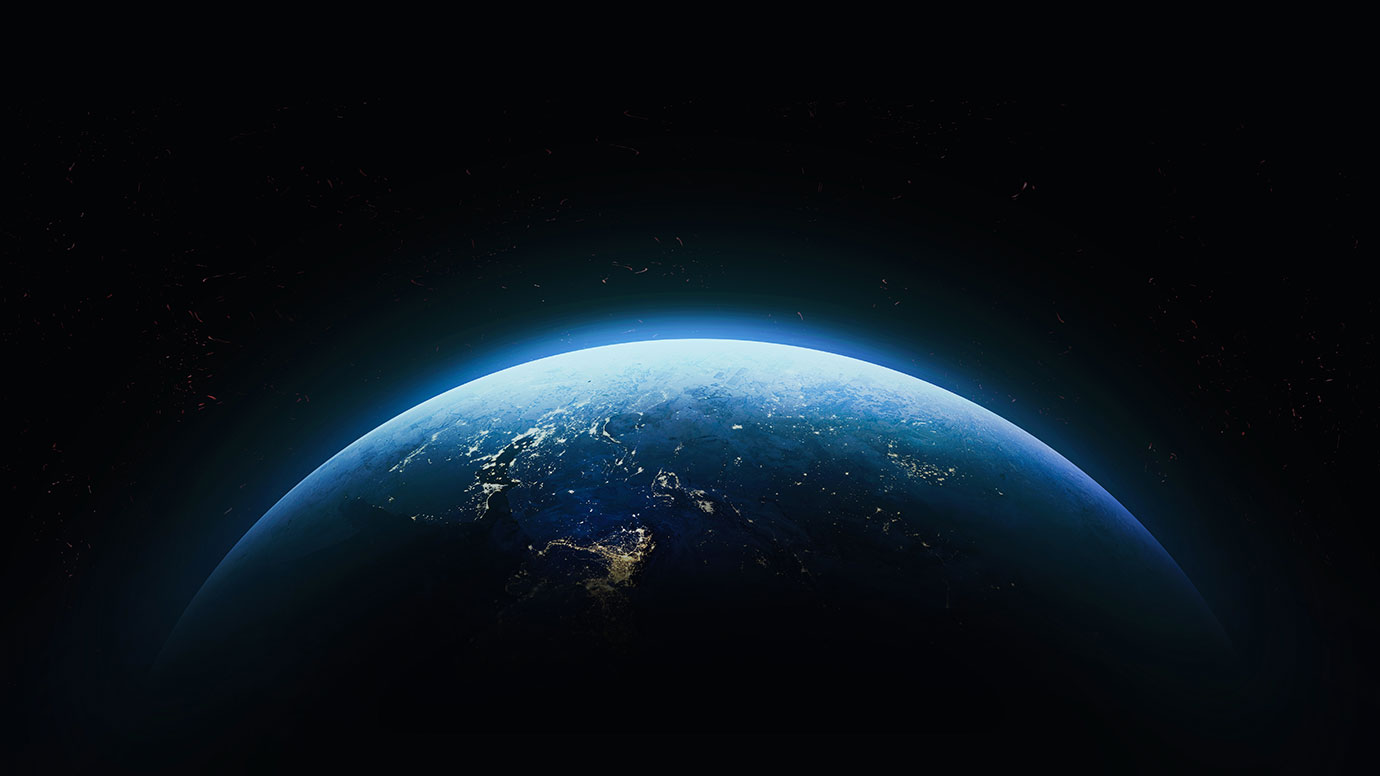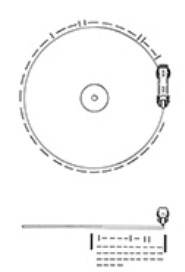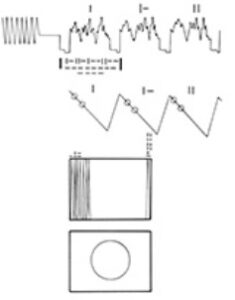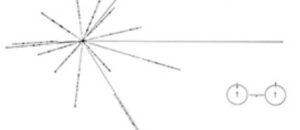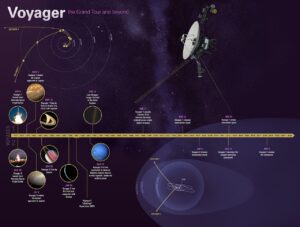To: The Universal Galactic Council
From: Planet Earth, Number third from the Sun

Dear Esteemed Members of the Council,
I hope this letter finds you in the most stellar of moods. I, Planet Earth, have been a loyal and vibrant member of this solar system for billions of years. However, it is with a heavy core and a few tectonic shifts of frustration that I write to you today. I believe it’s high time I express my grievances about my fellow celestial bodies and, most notably, the creatures inhabiting me—humans.
Let’s start with my neighbors:
- Mercury:
Oh, Mercury. Always in a rush, zooming around the Sun like it has somewhere better to be. I get it, you’re close to the Sun, but must you constantly show off with that sweltering hot and then freezing cold attitude? It’s giving me mood swings just watching you. - Venus:
Venus, darling, I adore you, but the toxic atmosphere? Not so much. You’ve got that whole “morning star” thing going on, yet beneath the beauty lies a raging inferno. Seriously, cool it with greenhouse gases. It’s like you’re running your own private sauna 24/7. - Mars:
Oh, Mars. Everyone’s new favorite. Humans can’t seem to stop talking about you—”Oh, let’s colonize Mars!” they say. I get it, you’re the red planet, you’re mysterious, and you’ve got that rugged, dusty charm. But really, all that attention? I’m still over here keeping them alive, and what do I get? Holes in my ozone layer and a growing collection of trash. Thanks, humans. - Jupiter:
Must you be so big, Jupiter? It’s like you’re compensating for something. And that Great Red Spot—how long is that storm going to last? Millennia of spinning in one place—what a show-off. Also, can we talk about your gravitational pull? It’s like you’re trying to steal all the asteroids. Let a planet have some peace! - Saturn:
We get it, Saturn. You’ve got rings. Beautiful, icy rings that make you the darling of the solar system. But do you have to flaunt them constantly? It’s like you’re the prom queen, and the rest of us are just background dancers. Also, could you stop hoarding moons? Share the wealth! - Uranus:
Uranus, you’re just… odd. No offense, but rotating on your side like that? It’s just not normal. And that name—come on, do you have to make the humans giggle every time they talk about you? - Neptune:
Neptune, you’re the quiet one, lurking on the edge. I admire your cool demeanor, but that wind! The fastest in the solar system? It’s a bit much, don’t you think? You’re practically the neighborhood ghost with all that mystery and distance.
Credit-Vecteezy
Now, onto the real issue: Humans.
You’d think hosting a species with such potential would be a blessing. Instead, it’s been a rollercoaster of pollution, deforestation, and general disregard for my well-being. They dig into my crust, pollute my oceans, and send junk into my orbit. And don’t get me started on the plastic—if I had a nickel for every plastic bag they’ve discarded, I’d probably have enough mass to start a new moon.
They’ve created a thing called “global warming”—which, by the way, is not a compliment. It’s like they’re determined to turn me into a Venus wannabe. I’ve tried to give them hints—wildfires, hurricanes, rising sea levels—but they just keep ignoring me. It’s exhausting.
In conclusion, while I cherish my place in the solar system, a little consideration would go a long way. I mean, I’m the only one with life—shouldn’t that count for something?
I humbly request the Council to take my complaints into consideration and perhaps, just maybe, send a little more appreciation my way.
Yours orbitally,
Planet Earth
To book visit astroportglobal.com or contact +919278767700
The charges for events are non-refundable and cannot be carried forward. All rates are exclusive of taxes.
Astronomical events, Moon, Planets, and Deep Sky Objects observations are subject to weather conditions.
Astroport India PVT LTD (Astroport Global) is not responsible for unforeseen weather conditions during observations.

